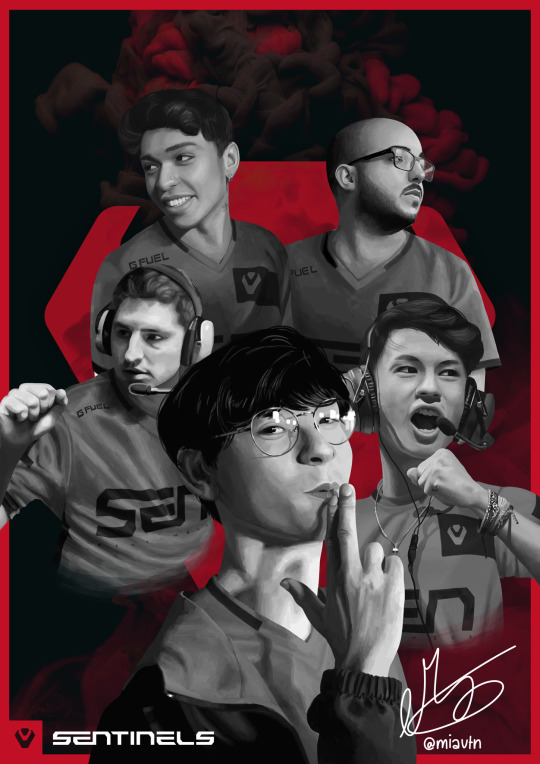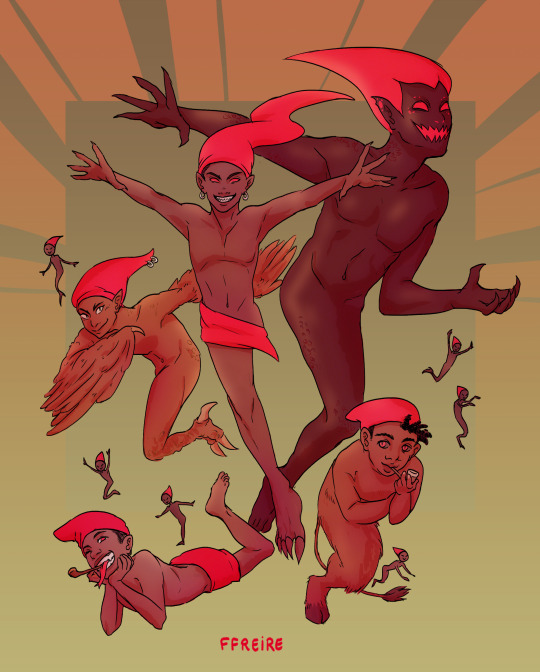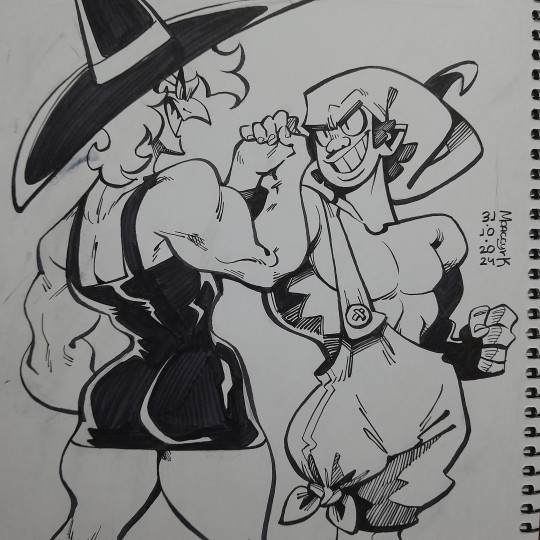#sacy
Explore tagged Tumblr posts
Text
I hekkin love sentinels, my VALORANT masters winners c:






#my art#art#illustration#digital art#character art#fanart#character design#digital artist#digital painting#digital illustration#artist on tumblr#video games#artist#valorant fanart#valorant#sen#sentinels#esports#tenz#zekken#sacy#zellsis#johnqt#fps
13 notes
·
View notes
Text

I drew a Sentinels VALORANT 2023 poster
12 notes
·
View notes
Text
VCT Américas | Conheça os seis times classificados aos Playoffs
VCT Américas | Conheça os seis times classificados aos Playoffs #VCTAméricas #RiotGames #VCTAméricasPlayoffs
A segunda Etapa do VCT Américas está com tudo, e estamos chegando perto dos Playoffs. Com isso, nós temos as seis equipes classificadas para a próxima fase do torneio. Entretanto, FURIA, LOUD e MIBR estão fora dos Playoffs, ou seja, não teremos times brasileiros na segunda fase nem no Champions Seoul. Sendo assim, os únicos representantes brasileiros serão “aspas”, “sacy” e “heat” que jogam por…
#100thieves#aspas#evilgeniuses#furia#heat#kruesports#leviatán#loud#mibr#playoffs#riot#riotgames#sacy#sentinels#Valorant#valorantbrasil#vctaméricas#vctaméricas2024#vctchampions2024
0 notes
Text
SACY NWO ASWELL WTFF
SEN TENZ RETIRED 😧
1 note
·
View note
Text
Please god let me refresh my page one day and see a Gale fanart where he is blushing, whimpering and looking needy as ever amen lord

#bonus points if he is half naked and his hairy tts are showing#bg3#baldurs gate 3#gale dekarios#like i cannot draw everything man sometimes i must use my power of prophecy#thoughts#daha da bonus point eger saci basi daginiksa ve bree(dable gorunyor ise#AHHH AZDIM AMK
37 notes
·
View notes
Text

Dia de muertos, Dia do Saci and Samhain (halloween) are long time friends that usually get together once a year
Meet Catrina, Sam and Kauã
#digital art#digital illustration#character design#halloween#samhain#dia de muertos#dia de los muertos#catrina#dia do saci#saci#character illustration#folklore#brazilian folklore#pumpkin#jack o lantern
30 notes
·
View notes
Text

Dia das Bruxas qué nada, hoje é dia do Saci! Meu saci brasileiro! Duendinho travesso, ora pássaro ora bode, sempre num pé só, sempre com seu gorro! Ele é tão mais que só Ziraldo e Monteiro Lobato, quem ainda conta seus relatos não quer papo ou amizade, quer correr ou prender numa garrafa. Saci Pererê, queria que o país lembrasse mais de você!
Halloween for everyone else, in Brazil, Oct 31st is Saci's day!
164 notes
·
View notes
Text

I don't know if I'll be able to finish this drawing this month, so keep it unfinished😩 For us Brazilians this is the time of folklore and on 10/31 we celebrate Saci's day!
Brazilian folklore is a rich tapestry of myths, legends, dances and traditions that reflect the country’s diverse cultural heritage. It includes influences from indigenous, African and Portuguese cultures, creating a unique blend of stories and characters that have been passed down from generation to generation.
One of the most iconic figures in Brazilian folklore is Saci-pererê. Saci is a mischievous one-legged boy who wears a red cap that grants him magical powers. He is known for his pranks, such as hiding objects, tying knots in horses’ manes and causing general chaos, often seen in a whirlwind with a pipe in his mouth. Despite his tricks, Saci is also seen as a protector of the forest and its pranksters, having been born in a bamboo grove.
On October 31, Brazilians celebrate Saci Day, a time to honor this beloved trickster and the rich folklore he represents. Imagine Beetlejuice and Saci running around town, laughing and causing harmless trouble together - a perfect mix of scary and playful!
#beetlejuice#beetlejuice musical#beetlejuice fanart#draw#fanart#beetlejuice the musical#beetlejuice broadway#art#bjtm#saci Pererê#saci day#saci#folclore#brazilian folklore#stupid drawing#folclore brasileiro#31 de outubro
33 notes
·
View notes
Text

Here in Brazil, on top of being Halloween, october 31 is also know as "dia do saci", a Saci being a very famous folk character in my country.
In this piece, I drew a witch and a saci stablishing a friendship based on being spooky, magical and super fucking jacked.
#my art#halloween#dia das bruxas#dia do saci#brart#I like drawing cartoony muscles#they're so fun to do#very shaped
21 notes
·
View notes
Note

se a campanha for real, queria pedir uma arte do saci pra poder usar no torneio <3 espero que ele ganhe esse grupo!!

lógico que eu ia desenhar meu candidato, meu lindo, meu deuso saci
@torneio-sexymen-brasil
24 notes
·
View notes
Text















On the Wandering Paths (Denis Imbert, 2023).
#jean dujardin#denis imbert#sur les chemins noirs#on the wandering paths#sylvain tesson#diastème#Magali Silvestre de Sacy#Basile Belkhiri#Marie Credou#Cédric Kerguillec
26 notes
·
View notes
Text

SEN Sacy
Rub his head and he will grant u a wish
#art#illustration#digital art#character art#fanart#character design#video games#valorant#valorant fanart#sentinels#sacy#sen sacy#valorant art#esports#artist on tumblr#artist#digital artist#digital painting#my art#my artwork
3 notes
·
View notes
Text

Random Saci drawing
9 notes
·
View notes
Text
Valorant Kickoff Américas | LOUD estreia com vitória
LOUD vence a Sentinels, e foi a única representante brasileira a vencer na competição! #LOUDgg #ValorantKickoffAmericas #Riot #Valorant
O segundo dia de Valorant Kickoff Américas contou com a estreia da LOUD, a equipe brasileira venceu sua partida por 2×0. E mandou a Sentinels de “sacy” para a partida de eliminação. Sendo assim, a equipe vai enfrentar a Leviatán de “aspas” por uma vaga direta nos Playoffs da competição. A partida é válida pelo grupo B da competição, além da LOUD conta também com Sentinels, Leviatán e 100Thieves.…

View On WordPress
#aspas#less#loud#loudgg#riot#riotgames#saadhack#sacy#Valorant#valorantbrasil#valorantkickoffamericas#vctamericas#vctkickoffamericas
0 notes
Text
With Natlan right around the corner, I can't help but wonder if there'll be any references to Brazilian culture...
Like, there is a literal headless mule with FIRE sprouting from its neck in the place of a head (the legend is that it once was a woman that was cursed for having an affair with a priest), a mischievous spirit represented by a one-legged dark-skinned man with a red cap (Saci-Pererê) that can turn into a mini HURRICANE (imagine him as an anemo character, he'd be besties with Venti), a literal MERMAID (Iara), a fiery serpent that may or may not eat eyeballs (Boitatá), etc.
Also please watch Invisible City on Netflix, it's great!
#genshin impact#venti#there are many other legends from brazilian folklore too!#if we get a plate named after some brazilian recipe I'd be happy#maybe brigadeiro...#saci's pranks range from braiding horses' manes to burning food#natlan
12 notes
·
View notes
Text

Saci: Rapaz, tá certo isso?
Samhain: Just admit it lad, we're lost
Catrina: ¿Es neta?
When hollidays collide, has been a while since I last draw this trio. I tried to practice with gray tones
Dia de muertos, Dia do Saci and Samhain (halloween) are long time friends that usually get together once a year
#digital art#character design#digital illustration#dia de los muertos#dia de muertos#halloween#spooky season#art challenge#samhain#dia do saci#saci perere#Mythology#brazilian folklore#Mexican folclore#irish folklore
38 notes
·
View notes